Virtual appointments for canadians ONLY!
Micro Inverters vs. String Inverters: Key Differences Explained
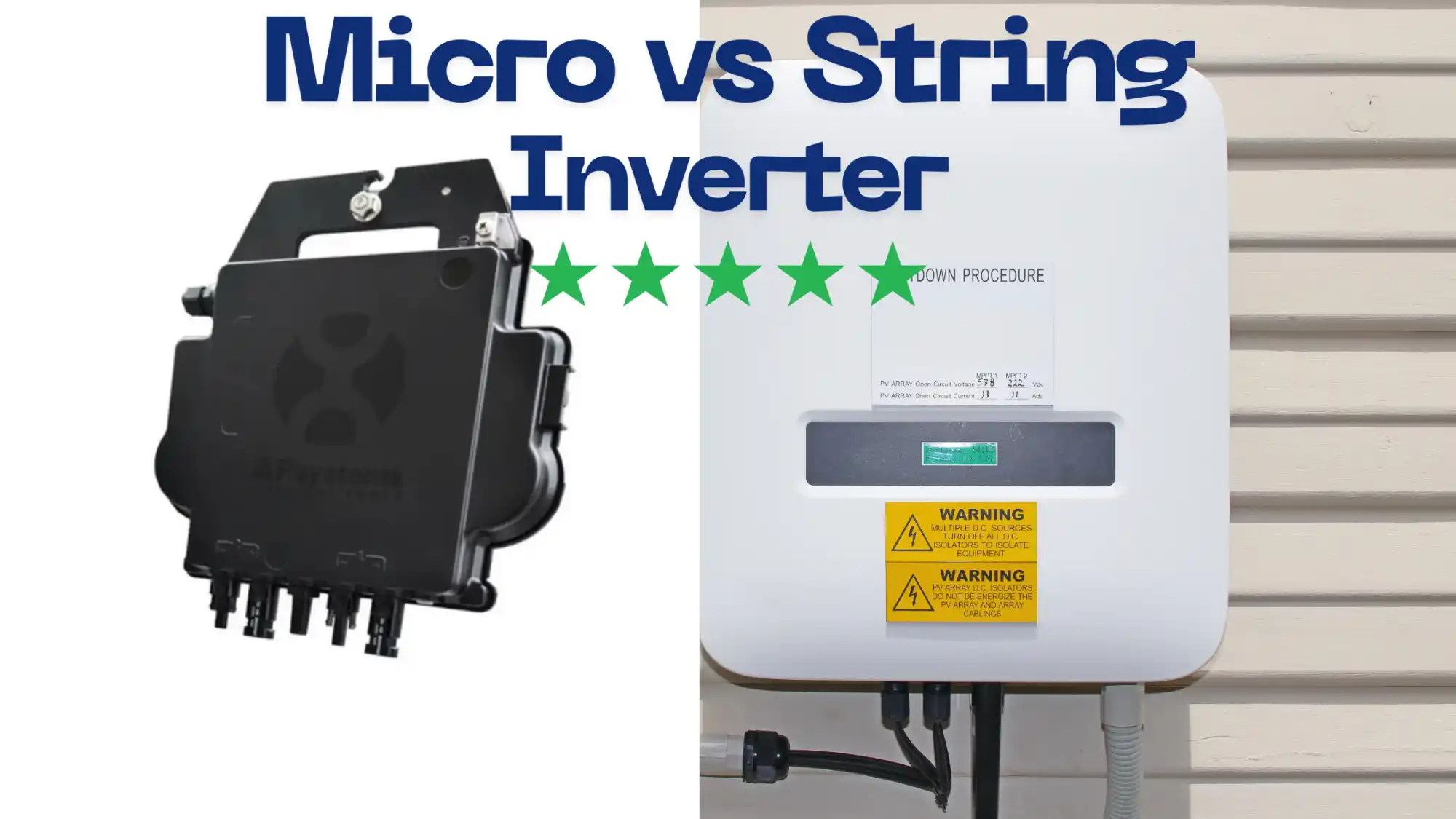
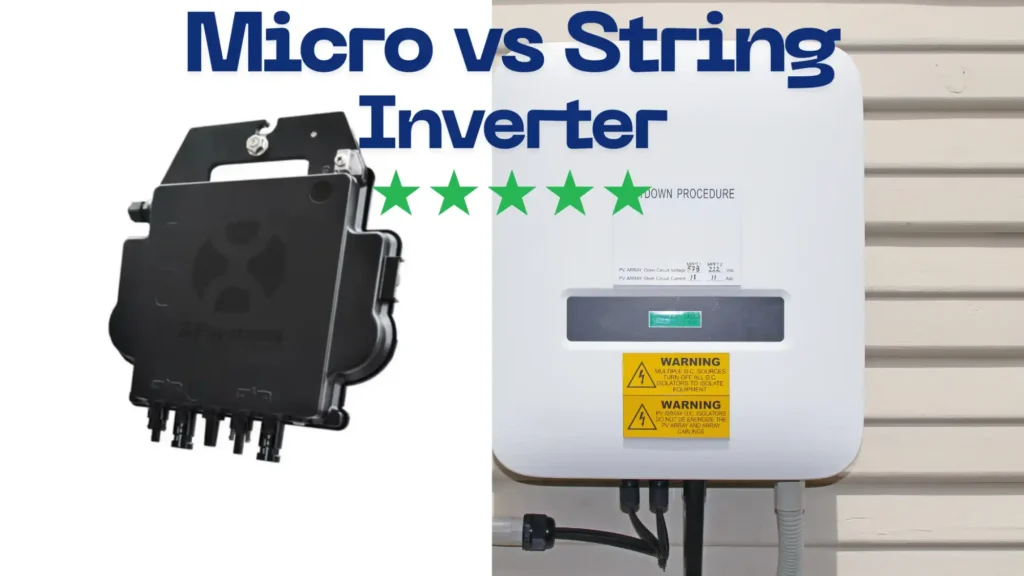
In the world of solar power, the choice between micro inverters and string inverters is a critical decision for homeowners and businesses looking to maximize energy efficiency.
Both types of inverters serve the same fundamental purpose — converting the DC (direct current) power generated by solar panels into AC (alternating current) power — but they do so in different ways. This article breaks down the differences between micro inverters and string inverters, focusing on key features, advantages, and considerations for each technology.
What is a Micro Inverter?
A micro inverter is a small inverter that is attached to each individual solar panel. It is responsible for converting the DC power generated by that specific panel into AC power. Instead of having one central inverter for an entire solar array, micro inverters allow each panel to operate independently, offering a more decentralized approach to energy conversion.
What is a String Inverter?
A string inverter, on the other hand, is a central inverter that is connected to a series of solar panels, which are wired together in a “string.” The inverter converts the DC power from the entire string of panels into AC power. In this system, all panels in the string operate in unison, and the inverter processes the combined power output from the string.
Key Differences Between Micro Inverters and String Inverters
1. System Configuration
- Micro Inverters: Each panel has its own micro inverter, allowing for individual panel monitoring and optimization.
- String Inverters: Multiple panels are wired together in a series (string) and connected to a central inverter, which handles the power conversion for the entire group.
2. Performance Optimization
- Micro Inverters: Since each panel operates independently, shading, dirt, or other obstructions on one panel have less of an impact on the performance of the overall system. This maximizes energy production in situations where panels may not receive equal sunlight.
- String Inverters: The performance of the entire string can be impacted by the weakest panel. If one panel is shaded or malfunctioning, it can reduce the output of the entire string.
3. Efficiency
- Micro Inverters: Generally, micro inverters offer higher efficiency in systems with uneven shading or when panels face different directions. They allow each panel to operate at its maximum potential.
- String Inverters: String inverters tend to be more efficient in ideal conditions with no shading, but they can suffer in systems where shading or dirt affects the panels.
4. Cost
- Micro Inverters: Micro inverters tend to be more expensive upfront, as each panel requires its own inverter. However, the system may require less maintenance and can offer better long-term performance.
- String Inverters: String inverters are typically more cost-effective because a single inverter can handle the power conversion for multiple panels. However, in the event of a malfunction, replacing or repairing the string inverter can be more costly.
5. Installation Complexity
- Micro Inverters: Installation of micro inverters is more time-consuming, as each inverter must be connected to an individual panel. However, this also provides flexibility in system design.
- String Inverters: String inverters are easier and quicker to install since you only need to connect a central inverter to the panels in the string. This can reduce labor costs.
6. Reliability and Maintenance
- Micro Inverters: Micro inverters are generally more reliable because the failure of one inverter does not affect the performance of other panels. However, because there are more units in the system, there may be more potential points of failure.
- String Inverters: A failure in a string inverter can lead to the loss of power for the entire string, potentially affecting a larger portion of the system. Maintenance is more straightforward because there are fewer inverters, but issues could be more disruptive.
7. Monitoring and Troubleshooting
- Micro Inverters: Micro inverters allow for individual panel monitoring, which makes it easier to identify and troubleshoot issues at the panel level. This can lead to faster identification of underperforming panels.
- String Inverters: Monitoring is typically done at the string level, so it can be harder to identify issues with individual panels. However, some advanced string inverters offer module-level monitoring as an optional feature.
8. Durability
- Micro Inverters: Micro inverters are designed to handle harsh outdoor conditions, as they are mounted on each panel, often in close proximity to the elements. They are built to last and often come with longer warranties (typically 20–25 years).
- String Inverters: String inverters are generally located in more sheltered areas, such as a garage or inverter shed, so they may be less exposed to environmental wear. They typically have shorter warranties, usually around 10–15 years.
Advantages of Micro Inverters
- Maximized Energy Harvesting: Micro inverters optimize the performance of each individual panel, making them ideal for installations with shading, roof obstructions, or panels facing different directions.
- Increased System Reliability: Since each inverter operates independently, the failure of one unit won’t bring down the entire system.
- Flexibility in System Design: You can easily expand the system by adding more panels with their own micro inverters without worrying about compatibility with a string inverter.
- Longer Warranties: Many micro inverters come with longer warranties, providing peace of mind for homeowners.
Advantages of String Inverter
- Lower Initial Cost: String inverters are generally more affordable upfront, especially for smaller systems.
- Simpler Installation: With fewer components, string inverters tend to be faster and easier to install, which can save on installation costs.
- Proven Technology: String inverters have been around longer and are a widely used, reliable solution in residential and commercial solar systems.
- Maintenance Ease: With only one inverter to manage, troubleshooting and maintenance can be simpler.
Which One is Right for You?
The choice between micro inverters and string inverters largely depends on the specific needs and characteristics of your solar power system:
- Go for Micro Inverters if:
- You have shading issues or roof obstructions that impact panel performance.
- You need a more efficient system with individual panel monitoring.
- You prefer a more flexible and scalable system with the option to expand over time.
- Go for String Inverters if:
- You have a large, unobstructed roof with minimal shading.
- You are looking for a more budget-friendly solution.
- You want a simpler, more traditional setup with easy maintenance.
Conclusion
Micro inverters and string inverters each have their unique advantages and disadvantages. Micro inverters excel in systems where panel-level optimization is critical, while string inverters are a cost-effective and reliable solution for larger, unobstructed systems. When making your decision, consider factors such as shading, roof layout, system size, and budget. Understanding these differences will help you choose the right inverter technology to get the most out of your solar energy investment.
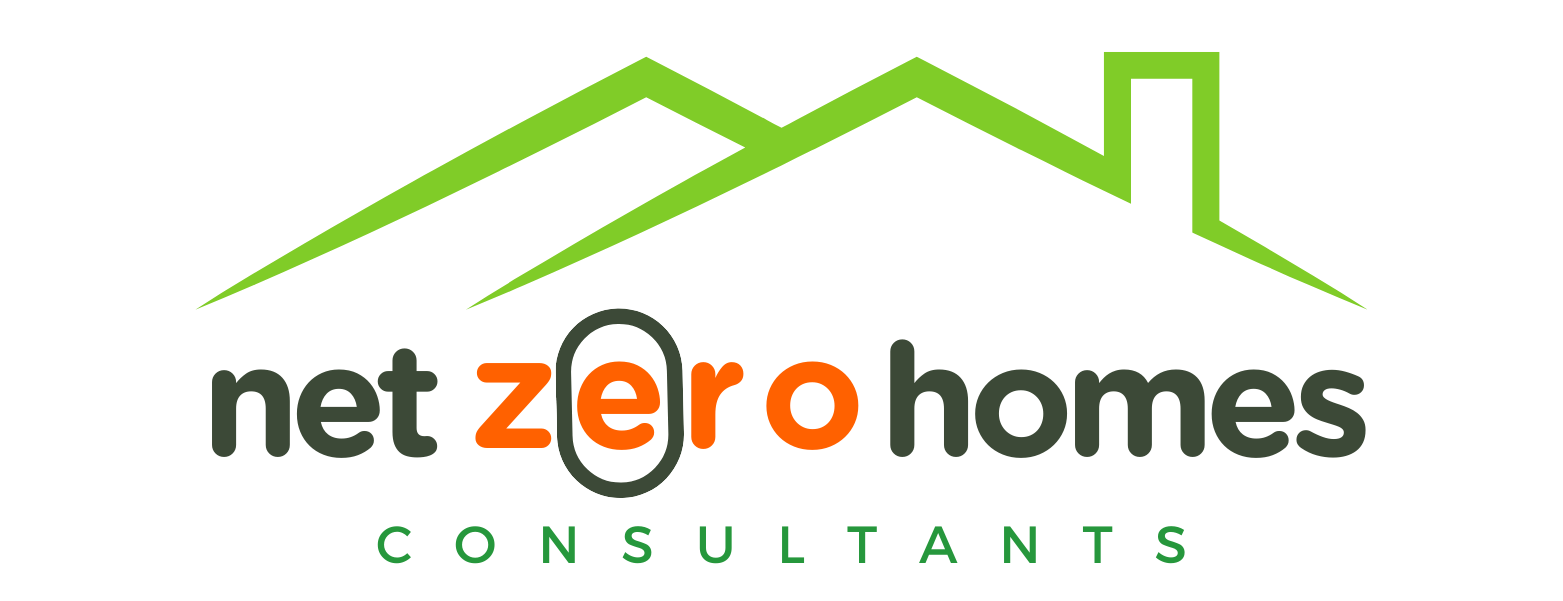
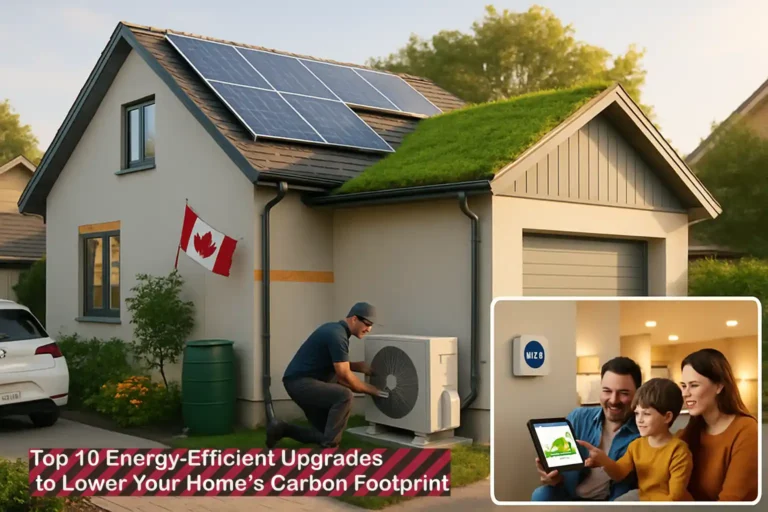
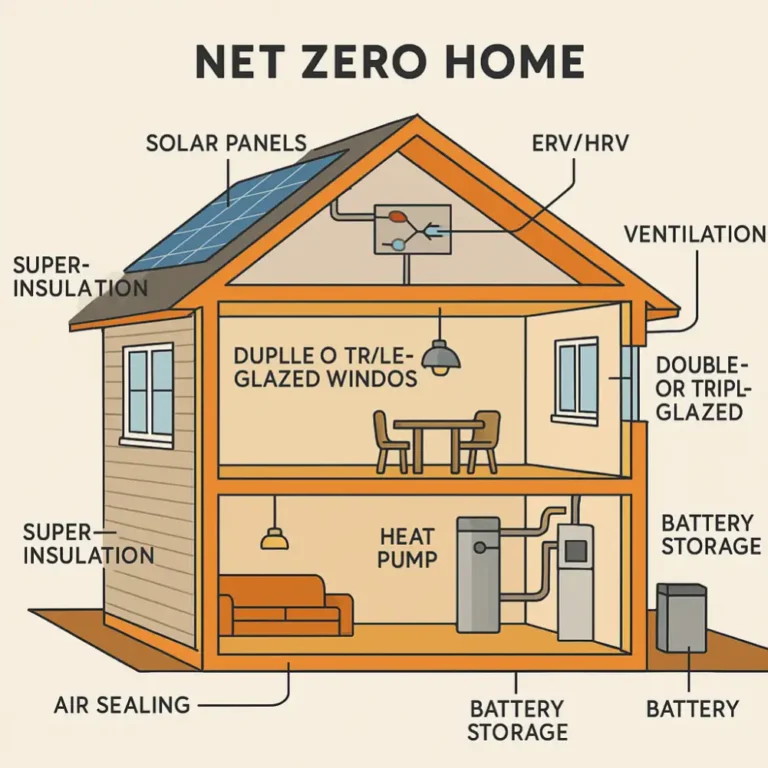

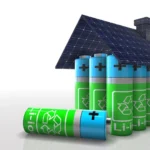
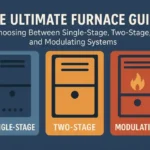
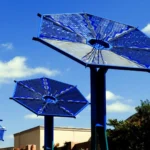

[…] A net zero home is one that produces as much energy as it consumes over the course of a year. This is achieved by combining super-efficient design, insulation, energy-saving systems, and on-site renewable energy typically solar. […]